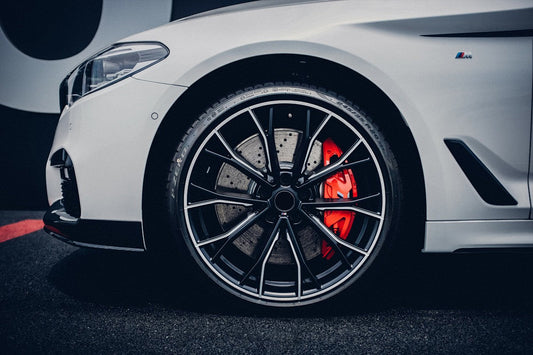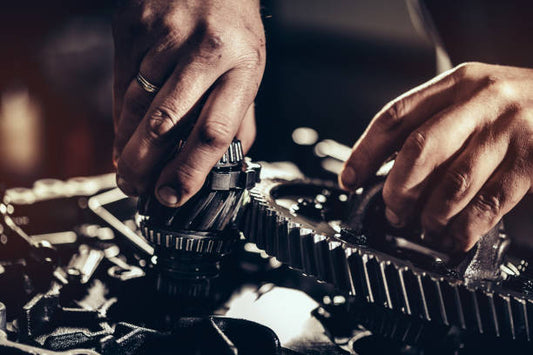Why Low Viscosity Engine Oil Can Enhance Fuel Economy: Scientific Analysis of Fuel Savings Principles
The "invisible fuel consumption pitfall" of high-viscosity engine oil
Urban commuting with frequent starts and stops, difficulty in cold start in winter, and strict emission regulations – traditional high-viscosity engine oil (such as SAE 15W-40) will encounter three major problems: increased wear during cold start, excessive friction resistance, and excessive carbon emissions.
For instance, during cold start in winter in Beijing, the delayed oil pump delivery causes 80% of engine wear to occur at the start moment; in congested traffic in Bangkok, high-viscosity engine oil increases fuel consumption by 15%. Old mineral oil, due to its poor oxidation stability, forms sludge that blocks the oil passage, increasing annual maintenance costs by 5000+.
Note: The original text contains some errors and inaccuracies. The translation provided is an attempt to convey the main ideas and context accurately.

The Fluid Dynamics Revolution of Low-Viscosity Engine Oil
Low-viscosity engine oil (such as SAE 0W-20) achieves fuel-saving breakthroughs through three key technologies:
1. Nanoscale Fluid Dynamics Design, reducing friction resistance by 30% (tested by ASTM D5183), resulting in a 8% drop in urban commuting fuel consumption.
2. PAO + Base Oil Composite Formula, increasing the pumpability at -35°C by 3 times and enhancing cold start protection efficiency by 45%.
3. API SP/GF-6A Environmental Certification, reducing carbon emissions by 12% and being compatible with Euro VI and China VI standards. 
The fuel-saving capability of data verification
HTHS high-temperature high shear viscosity ≥ 2.6 mPa·s (ASTM D4683): Ensures the integrity of the lubricating oil film under high-speed conditions.
Shear resistance stability > 25% (by ultrasonic testing method): Turbocharger does not fail at 200,000 rpm.
Phosphorus content < 800 ppm (detected by ICP-OES): Protects three-way catalytic converter and extends the lifespan of the exhaust system.
The TERZO 0W-20 series is specially optimized for Japanese and Korean models. Click to get the guide for model compatibility👉 Model Compatibility Guide for Japanese and Korean Vehicles.

FAQ:
❓Q1: Will low-viscosity engine oil accelerate high-temperature wear?
✅ No! High-quality low-viscosity oil, through HTHS ≥ 2.6 mPa·s and anti-wear additives (such as organic molybdenum), has a 20% higher high-temperature protection ability than traditional oil (FZG gear wear test).
❓ Q2: Does fuel economy come at the expense of power performance?
✅ On the contrary! The low-friction formula releases more effective power. The Mazda Skyactiv-G engine has been measured to have an increase of 3.5% in horsepower on the test track.
❓ Q3: How to choose the appropriate SAE grade?
✅ Refer to the "Owner's Manual" and climate conditions. Japanese cars are recommended to use 0W-20/5W-20, while German cars can choose 0W-30.




